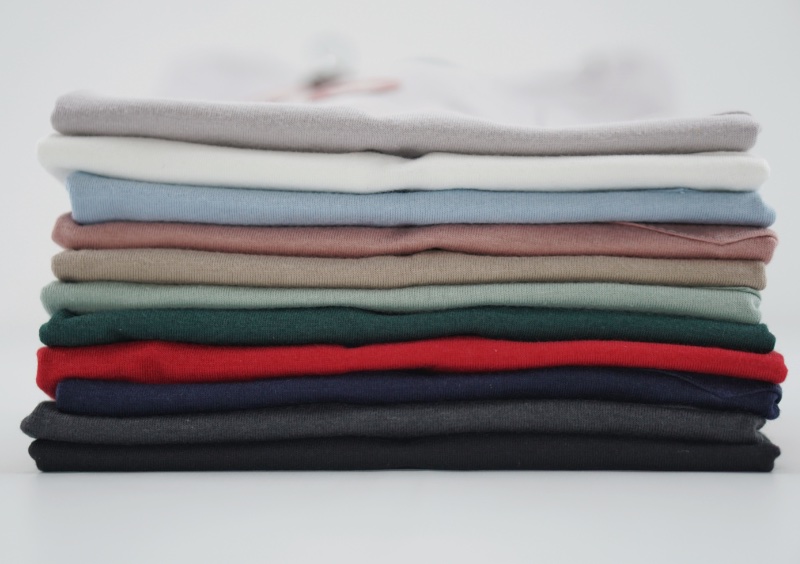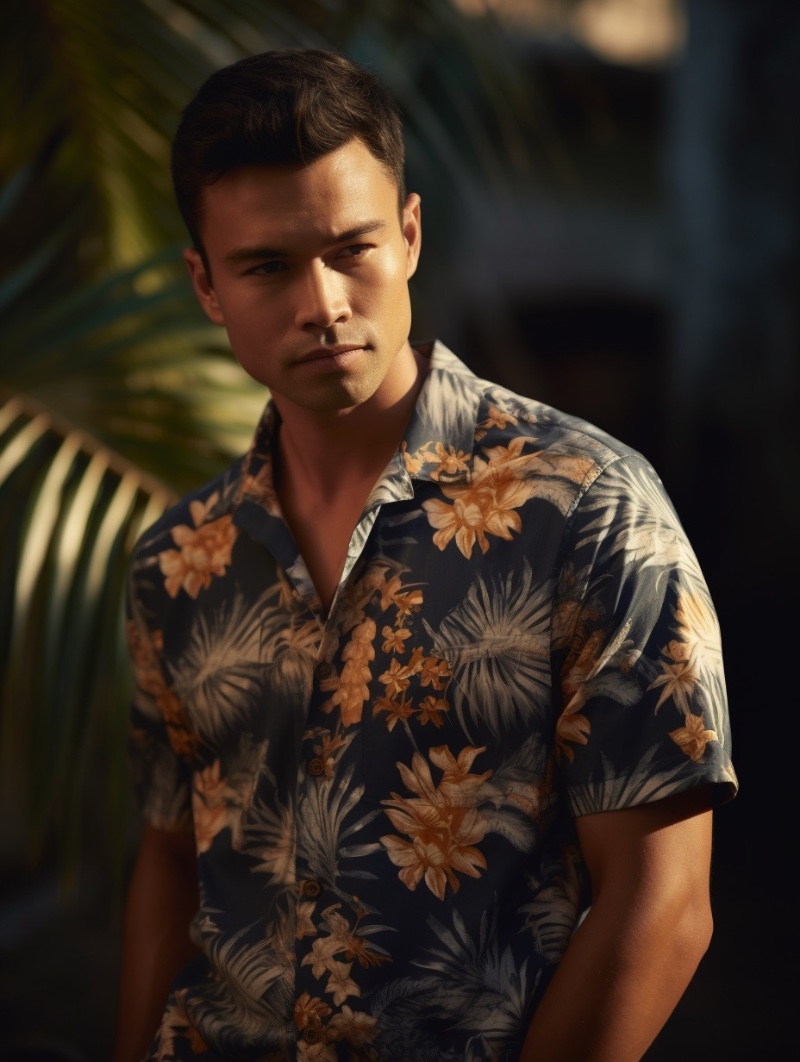
The fashion industry significantly impacts the world’s waste problem. Since most materials used in clothing and accessories are non-biodegradable, the risk of them piling up in landfills is high. Due to this issue, many brands are moving towards sustainable alternatives.
The move to sustainable alternatives is also fueled by modern consumers and fashion enthusiasts becoming more eco-conscious and responsible. They have recently become vocal and passionate about criticizing the fashion industry’s unsustainable business practices and their environmental effects.
If you’re an environmentally conscious fashionisto or aspiring entrepreneur planning to enter the industry, you may want to know the eco-friendly materials you should promote and use. To help you out, here are the top ten alternative sustainable fashion materials:
1. Bamboo Rayon

Combining natural resources with modern technology can create unique and sustainable materials like bamboo rayon, a regenerated cellulose fiber derived from bamboo. It has a soft, smooth, and luxurious feel, making it a popular choice for various garments. It’s used chiefly in activewear and luxury apparel.
Bamboo rayon is made using a chemical process. However, these chemicals are reusable and have a low environmental impact. Additionally, experts are developing a new generation of manufacturing processes to create this material using safer, closed-loop methods.
2. Organic Cotton
Although cotton is a natural fiber, most cotton produced nowadays is grown with heavy reliance on pesticides, herbicides, and fertilizers to increase yield. These chemicals are known for their adverse environmental effects.
Meanwhile, organic cotton is grown without harmful and synthetic chemicals. This production process sustains the health of soils, ecosystems, and people using natural and traditional techniques rather than efficient yet destructive methods.
And like other natural fibers, such as bamboo, organic cotton is more durable and softer than its ‘conventionally’ grown counterpart.
3. Hemp

Hemp is another powerful player in the sustainable materials scene. It’s a highly adaptable and high-yield crop that requires few herbicides and pesticides and can produce significantly more fiber per acre than cotton or flax.
Hemp’s eco-credentials extend beyond its cultivation. Its fibers can be spun into various textile qualities—from rough hessian to a quality that resembles linen. The clothing made from hemp is strong, durable, and resistant to ultraviolet light and mold.
4. Mushroom Leather
Mushroom leather stands out as one of the sustainable leather alternatives. This material is created from the root structure of mushrooms, called mycelium. The mycelium is grown in a lab, processed, and then tanned to create a sustainable material that feels eerily like animal leather.
Mushroom leather is biodegradable, uses less water, and requires less processing than animal leather. It is a promising material for fashion items such as shoes, bags, and clothing. So, if you plan to buy a new leather jacket, consider one made from this sustainable alternative.
5. Piñatex

Piñatex is another leather alternative made from pineapple leaves. Fabric made from this material is breathable, flexible, and durable.
Piñatex uses waste products from the pineapple industry, thus requiring no additional environmental resources to produce. And if you buy clothes made from this material, pineapple farming communities can enjoy having another reliable income stream.
6. Recycled Polyester (rPET)
The fashion industry is turning to innovative solutions such as recycled polyester, also known as rPET, to combat the issue of plastic waste. Derived from discarded plastic bottles, rPET undergoes a mechanical or chemical process to create a fiber that can be woven into fabric.
Using rPET results in less plastic reaching landfills, oceans, and natural environments. Although it requires energy for its transformation, recycled polyester uses far less water and produces fewer emissions than virgin polyester.
7. Lab-Grown Spider Silk

Spider silk provides a shining example of how the intersection of biotechnology and fashion can create sustainable alternatives without compromising on performance or aesthetic appeal. Making this material involves using yeast, sugar, and the genes of orb-weaver spiders to create a fiber that is extremely tough and resilient.
The production of lab-grown spider silk requires significantly less land, water, energy, and chemicals than traditional materials. It also opens up possibilities for creating highly customizable fabrics, as scientists can adjust the properties of the silk during the manufacturing process.
8. Linen
Linen harks back to ancient times, and it remains a stalwart in the sustainable fashion realm. This material is derived from the flax plant, a resilient crop that grows happily in poor-quality soil and requires far fewer resources than cotton.
Moreover, every part of the flax plant can be utilized—the seeds for oil, the fibers for fabric, and the remainder for animal feed. This zero-waste approach amplifies the eco-credentials of linen.
9. Lyocell

Lyocell is another star in the realm of sustainable materials. It’s a rayon that uses cellulose fibers from fast-growing, sustainably harvested trees, most commonly eucalyptus.
The production process of Lyocell employs a closed-loop system. Nearly all the solvents used are recaptured and recycled, minimizing harmful waste. Fabrics made from this material are soft, breathable, and moisture-wicking, making them ideal for sportswear.
10. Fish Leather
Fish leather is another unique and innovative alternative to traditional leather. This food industry byproduct is often discarded but can now be transformed into a durable and flexible leather-like material.
Fish leather boasts some impressive credentials. It’s around nine times stronger than lamb or cow leather of the same thickness. Additionally, tanning this material is less polluting and energy-consuming than traditional leather tanning.
Final Words
In an industry so often under fire for its environmental impact, these alternative sustainable fashion materials provide hope. Adopting eco-friendly materials is paving the way for a more sustainable future in fashion. This new phase in the industry is not just about fashion evolution but a revolution—one that has the power to shape our environment for the better.




